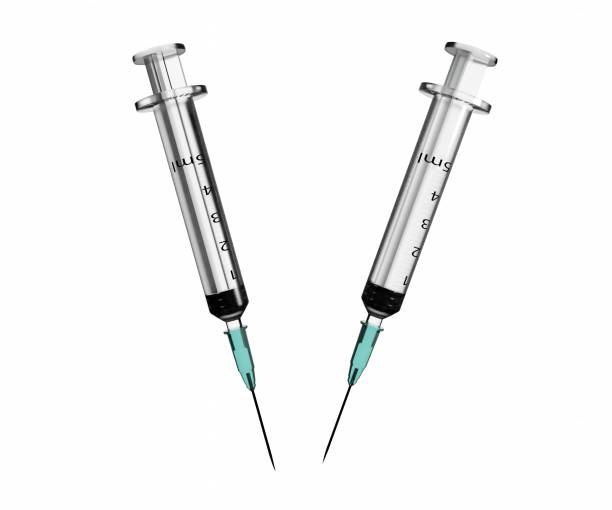Dermal fillers break down over time due to a combination of several factors:
- Natural Metabolic Processes: The body’s natural metabolism gradually breaks down the substances in dermal fillers. Hyaluronic acid fillers, for example, are metabolized by the body’s enzymes.
- Physical Activity: Increased physical activity and high metabolism can accelerate the breakdown of fillers.
- Sun Exposure: UV radiation from the sun can degrade the hyaluronic acid in fillers, leading to a quicker breakdown.
- Muscle Movement: Frequent movement of facial muscles in areas where fillers are applied (such as around the mouth and eyes) can cause fillers to break down faster due to mechanical stress.
- Hydration Levels: Hydration can affect the longevity of hyaluronic acid fillers. These fillers attract water, and changes in the body’s hydration levels can impact their volume and durability.
- Product Quality and Type: The composition and quality of the filler material also play a significant role. Different fillers have different formulations and molecular sizes, which can affect how long they last. Higher-quality fillers tend to last longer.
- Injection Technique: The skill and technique of the practitioner administering the filler can influence its longevity. Proper placement and even distribution can help fillers last longer.
- Immune Response: In some cases, the body’s immune system may recognize the filler as a foreign substance and attempt to break it down faster.
Overall, the longevity of dermal fillers varies based on these factors, and individual experiences can differ.

What are the don’ts of dermal fillers?
When considering or undergoing dermal filler treatments, there are several “don’ts” to keep in mind to ensure safety and achieve the desired results:
- Don’t Choose Inexperienced Providers: Always seek treatment from a qualified and experienced healthcare professional. Avoid bargain treatments or unlicensed practitioners.
- Don’t Ignore Allergies and Medical History: Inform your provider about any allergies, medical conditions, or medications you are taking. Some fillers may cause adverse reactions if you have certain allergies or conditions.
- Don’t Skip the Consultation: A thorough consultation is crucial. Don’t skip discussing your goals, expectations, and potential risks with your provider.
- Don’t Overdo It: Avoid getting too much filler at once. Overfilling can lead to unnatural results and complications.
- Don’t Use Fillers in Contraindicated Areas: Ensure the filler used is appropriate for the specific area being treated. Not all fillers are suitable for all facial areas.
- Don’t Ignore Post-Treatment Care: Follow all post-treatment care instructions provided by your practitioner. This includes avoiding strenuous exercise, excessive sun exposure, and certain skincare products immediately after treatment.
- Don’t Touch or Massage Treated Areas: Avoid touching, massaging, or applying pressure to the treated areas for at least 24-48 hours after the procedure to prevent displacement of the filler.
- Don’t Consume Alcohol or Blood Thinners Before Treatment: Refrain from consuming alcohol, aspirin, or other blood-thinning medications for at least 24 hours before the treatment to reduce the risk of bruising and swelling.
- Don’t Expect Immediate Permanent Results: Understand that results may take a few days to settle and that fillers are not permanent. Depending on the type of filler, the effects can last from a few months to over a year.
- Don’t Ignore Complications: If you experience severe pain, prolonged swelling, discoloration, or any unusual symptoms, contact your provider immediately. Complications, though rare, need prompt attention.
By adhering to these guidelines, you can maximize the benefits of dermal fillers while minimizing risks and achieving the best possible results.
